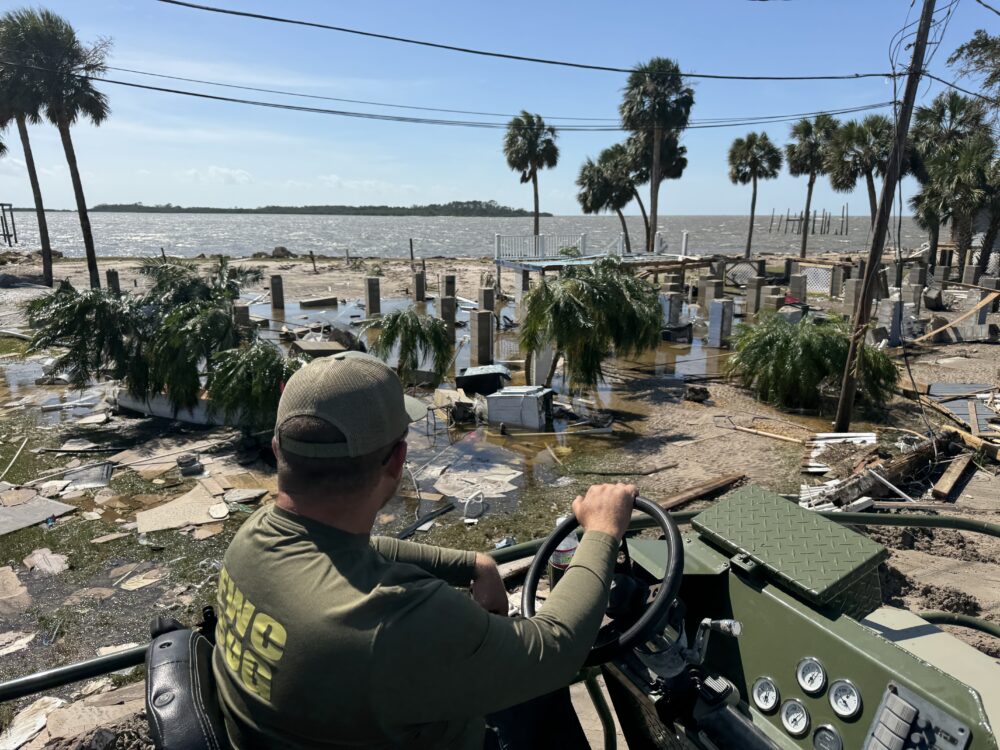We have much more to do and your continued support is needed now more than ever.
Clock Ticks Down for Arctic Marine Life as Shell Oil Rig Heads to Sea

Shell’s rig is not simply another rig. It is the pioneer, intended to open a new frontier and convert an unspoiled aquatic wilderness into the next big oil rush. These waters are vital habitat for an abundance of wildlife such as ringed seals, as well as whales that travel the world’s oceans and birds that migrate across North America every year.
Shell Oil: A Large Spill is Not “Reasonably Foreseeable.”
As a team of oil spill experts warned in a thorough report of Arctic ocean drilling the risks are being minimized and ignored now just as they have been ignored before, as we witnessed so tragically with BP’s ultra deepwater operations. In the Gulf, we had the largest spill response infrastructure in the country to support a dense concentration of long term operations. In the remote Arctic waters, there is nothing except rough seas and sea ice that can close waters to recovery operations for long periods of time. Shell is bringing up a single spill response barge. It’s hard enough to cast a crab pot in these waters, let alone contain millions of barrels of spilled oil. NWF’s Peter Lafontaine noted last summer this statement by US Coast Guard Commandant Robert Papp:
“If the company fails, if the response plan fails, the federal government must in some way be able to back it up with some resources. We had plenty of resources, from bases to communication systems to helicopters, in the Gulf of Mexico. And if this were to happen off the North Slope of Alaska, we’d have nothing.”
So we are crossing our fingers and trusting that Shell can mobilize the resources to handle a spill. At least they are taking the risk seriously, right? Well, no:
“A large oil spill, such as a crude release from a blowout, is extremely rare and not
considered a reasonably foreseeable impact.” — Shell Alaska Chukchi Sea Exploration Plan
Sound familiar? Here’s what BP said in their Gulf drilling plans prior to the Deepwater Horizon blowout:
“In the event of an unanticipated blowout resulting in an oil spill, it is unlikely to
have an impact based on the industry-wide standards for using proven equipment
and technology for such responses.” —Oil Spill Response Plan for BP Deepwater Horizon Drilling
Should we trust an oil company to begin drilling in these unspoiled waters when their plans are based on the premise that a large oil spill isn’t “reasonably forseeable?” No, we know better. But they received a green light, anyway.
Does Wildlife Matter to Government Drilling Regulators?

No evidence?! Here are some of BOEMRE’s conclusions from their own environmental assessment of what could happen in a major spill (one that significantly underestimates the potential for a long-running blow-out like we saw in the Gulf):
Assuming that all young ringed and bearded seals exposed to the oil died because of absorption (through the skin), inhalation, and/or ingestion of toxic hydrocarbons in the oil, this loss could take these marine mammal populations more than one to two generations to recover Shell (p. 131-2).
Polar bears exposed to petroleum hydrocarbons through direct contact or by ingesting oiled prey would probably not survive (p. 132)
In lagoon habitats, long-tailed duck densities suggest that when large concentrations of molting individuals are present, tens of thousands could be contacted by spilled oil. This would constitute a substantial loss to the regional population. Notable losses would also be experienced by post-breeding common eiders concentrated near barrier islands and in lagoons. A spill …would be expected to contact several other species present in substantial numbers, including the king eider, scoters, northern pintail, Pacific loon, and glaucous gull. (p. 130-1)
Oil Disasters: An Acceptable Cost of Doing Business?
Everyone knows where this story ends up…it really comes down to how often and how big the spills will be off Alaska’s northern shores, and how badly wildlife is impacted. But the risks of a wildlife disaster are all an acceptable cost of doing business for oil companies. After all, BP pocketed $24 billion in profits in 2011. Deepwater Horizon was a financial blip for them, but the damages to marine life will be long-lasting.





















